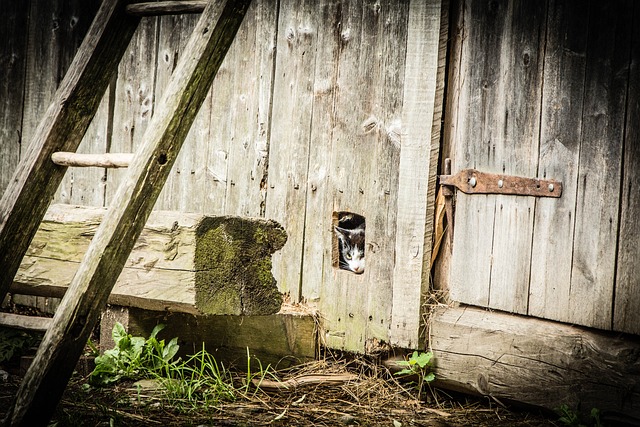The type of ladder that should not exceed 60 feet in length is the single-section ladder. According to safety standards and guidelines provided by organizations such as the Occupational Safety and Health Administration (OSHA) in the United States, single-section ladders are typically restricted in length to ensure stability and safety during use.
For tasks requiring heights greater than what can be safely reached with a single-section ladder, extension ladders, or other specialized access equipment like scaffolding, aerial lifts, or tower ladders are recommended. Extension ladders can reach higher because they consist of two or more sections that slide together, allowing for a longer reach while maintaining safety through proper overlap between the sections. Even extension ladders have their limits and must be used by manufacturer guidelines and safety standards, including proper angle placement and secure footing.
When working at heights, regardless of the ladder type, follow best practices for ladder safety, including choosing the right ladder for the job, inspecting the ladder before use, ensuring it is placed on stable and level ground, and adhering to the 4-to-1 rule for angle placement (for every four feet of height to where the ladder rests, the base should be one foot away from the structure). Users should always maintain three points of contact with the ladder to minimize the risk of falls.




